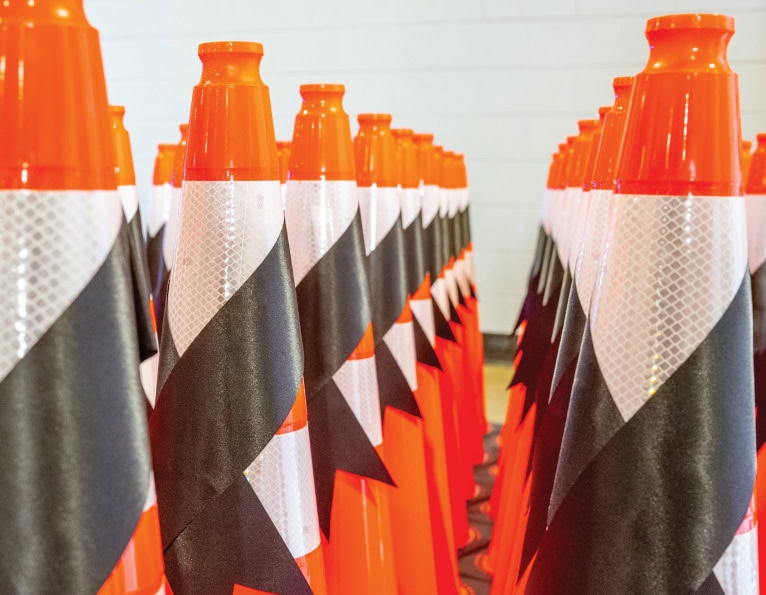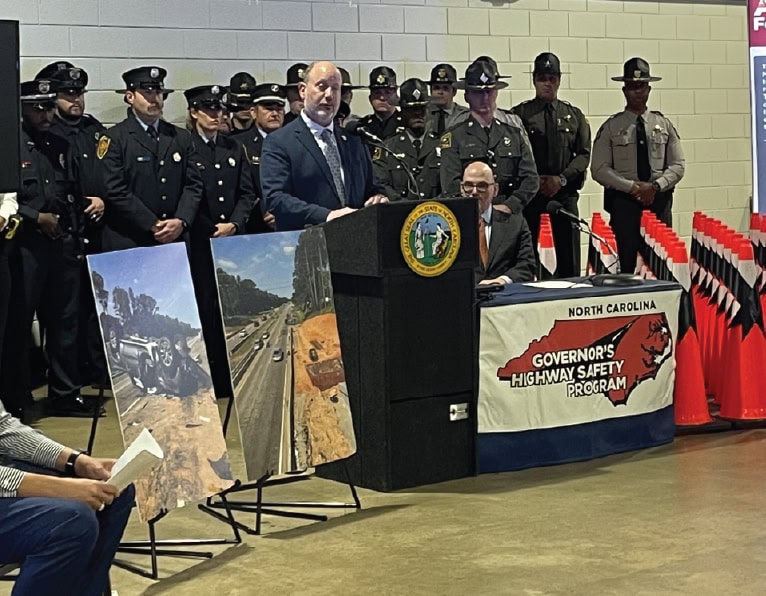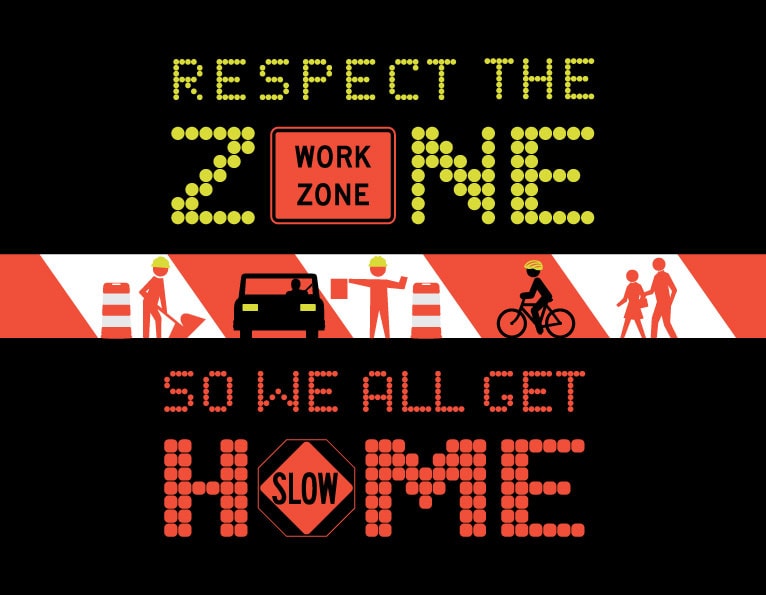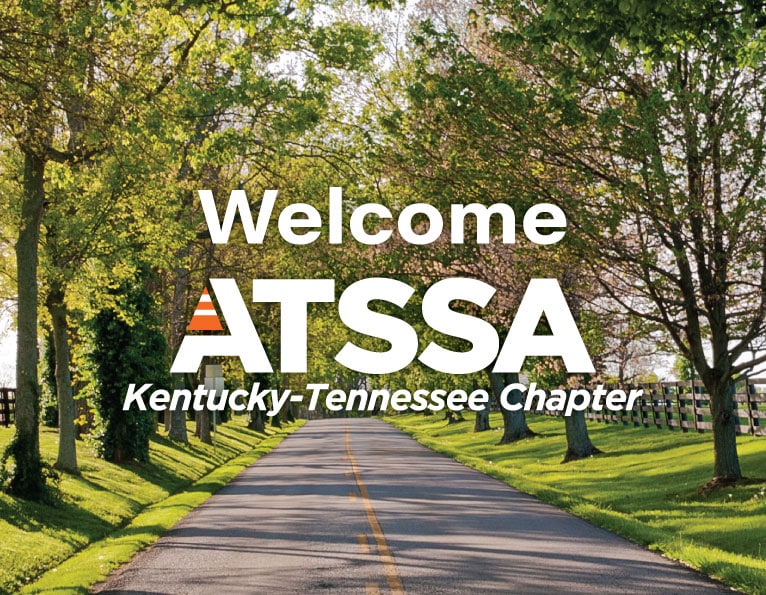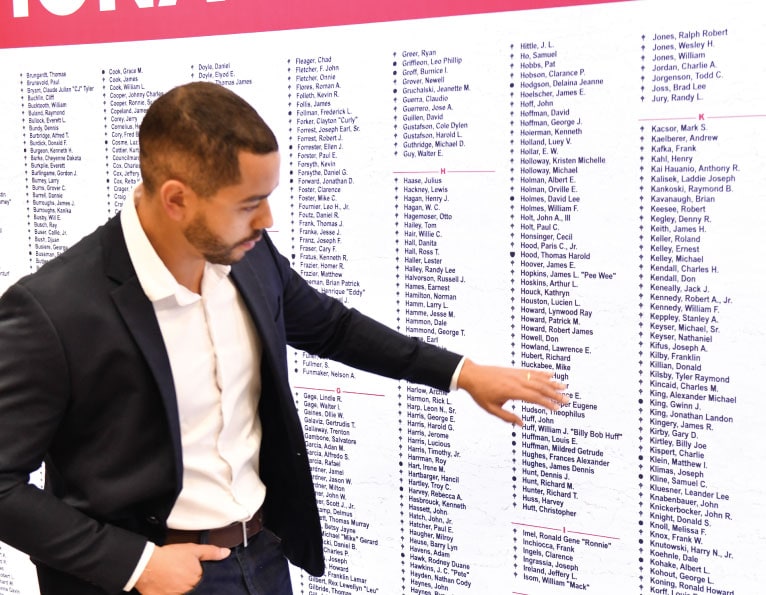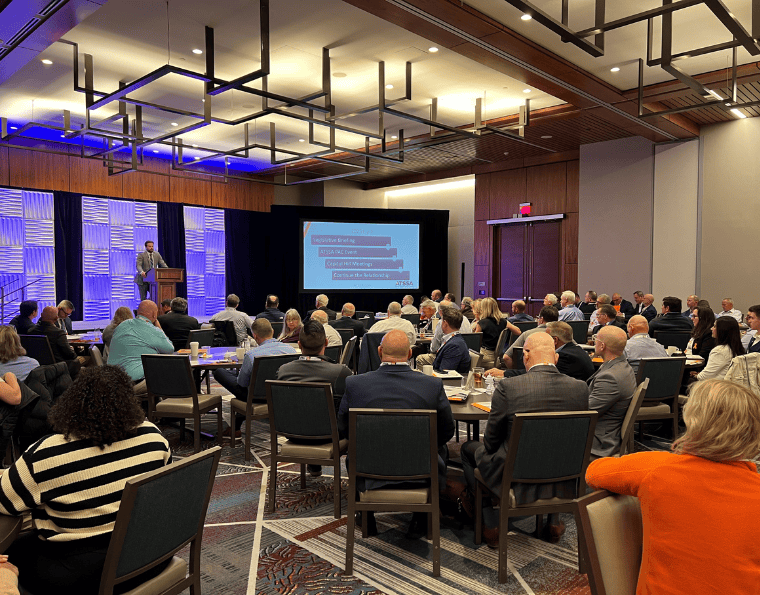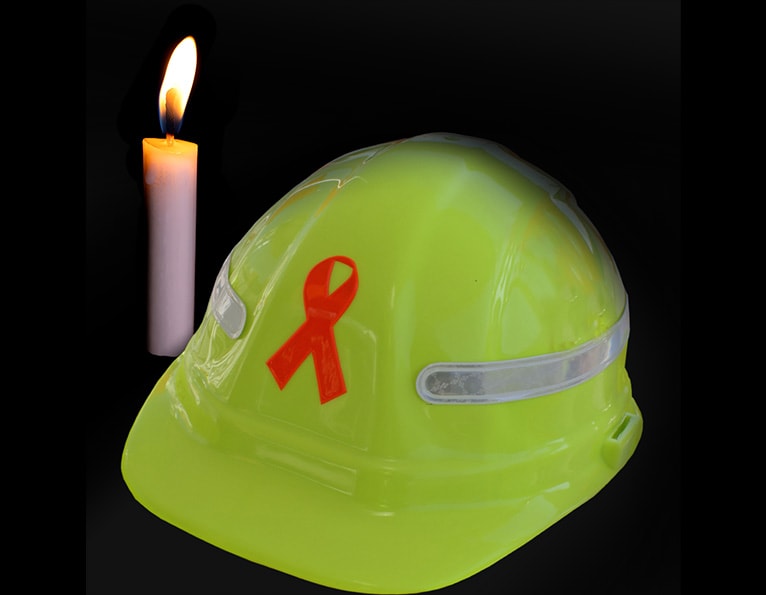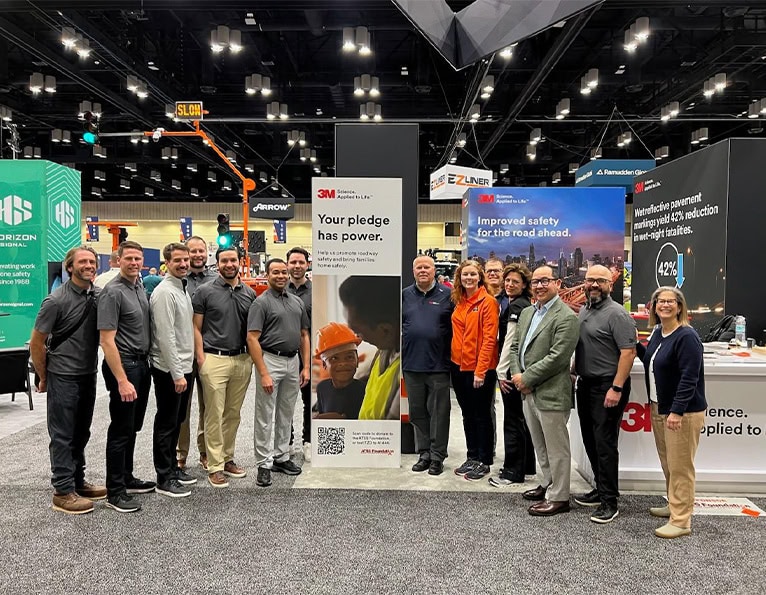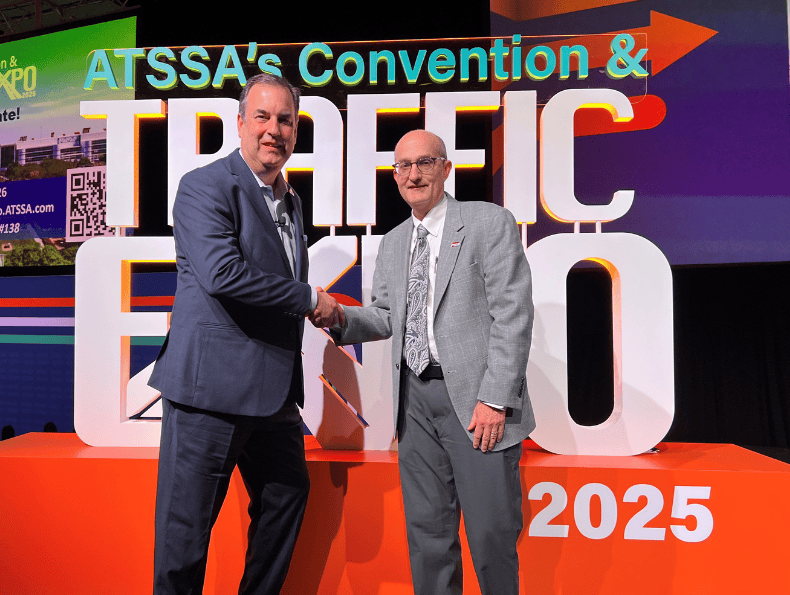Join ATSSA in D.C. to celebrate construction on the National Mall
Join ATSSA in D.C. to celebrate construction on the National Mall Join ATSSA on the National Mall, May 14-16 to…
ATSS Foundation awards nine scholarships for 2025-26 academic year
ATSS Foundation awards nine scholarships for 2025-26 academic year The ATSS Foundation awarded Roadway Worker Memorial Scholarships to nine students…
Epic Solutions awards company handliner to winning bidder
Epic Solutions awards company handliner to winning bidder Epic Solutions Inc. announced Davies Imperial Coatings as the winning bidder for…
ATSSA joins the city of Eden, N.C., in grieving four work zone deaths
ATSSA joins the city of Eden, N.C., in grieving four work zone deaths On this final day of National Work…
North Carolina DOT hosts national kickoff for National Work Zone Awareness Week
Contact: Maria Robertson ATSSA Director of Marketing & Communications 540-376-3891 communications@atssa.com North Carolina DOT hosts national kickoff for National…
NAPA, ATSSA aim for worker safety considerations in next highway bill
NAPA, ATSSA aim for worker safety considerations in next highway bill Work zone safety & Washington, D.C. The National Asphalt…
‘Respect the Zone – So We All Get Home’
Contact: Maria Robertson ATSSA Director of Marketing & Communications 540-376-3891 communications@atssa.com ‘Respect the Zone – So We All Get Home’…
ATSSA launches new leadership program in August
ATSSA launches new leadership program in August Apply now for ATSSA Roadway Safety Leadership Academy ATSSA is launching a new,…
ATSSA welcomes Tennessee to the chapter network
ATSSA welcomes Tennessee to chapter network Board approves formation of Kentucky-Tennessee ATSSA Chapter ATSSA welcomes Tennessee to its chapter network…
National Work Zone Memorial spotlights the cost of work zone crashes
National Work Zone Memorial spotlights the cost of work zone crashes 20 new names in 2025 brings work zone crash…
3M’s 10 years of fundraising add up for ATSS Foundation
3M’s 10 years of fundraising add up for ATSS Foundation Toward Zero Deaths Pledge Wall started with 3M’s iconic Post-it…
2025 Convention & Traffic Expo draws global interest, sets another record
2025 Convention & Traffic Expo draws global interest, sets another record Traffic Expo new features and education day proved popular…
Safety Cloud earns Innovation Award at ATSSA Convention & Traffic Expo
NEWS RELEASE Safety Cloud earns Innovation Award at ATSSA Convention & Traffic Expo Three products earn honorable mentions from transportation panel…
ATSSA honors four with national awards
NEWS RELEASE ATSSA honors four with national awards Awards announced at ATSSA’s 55th Annual Convention & Traffic Expo ORLANDO, Fla….



